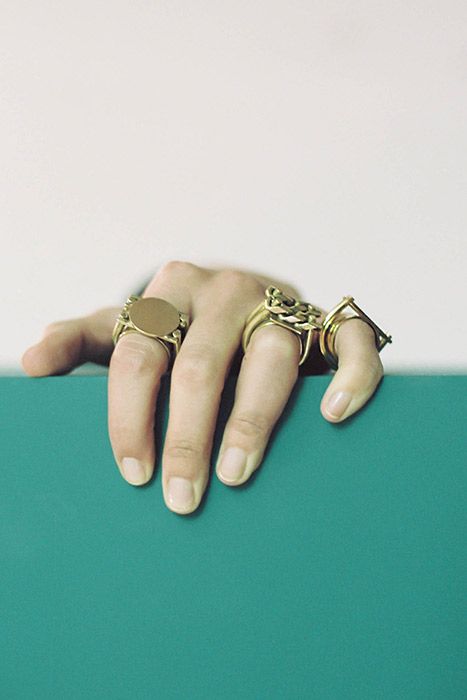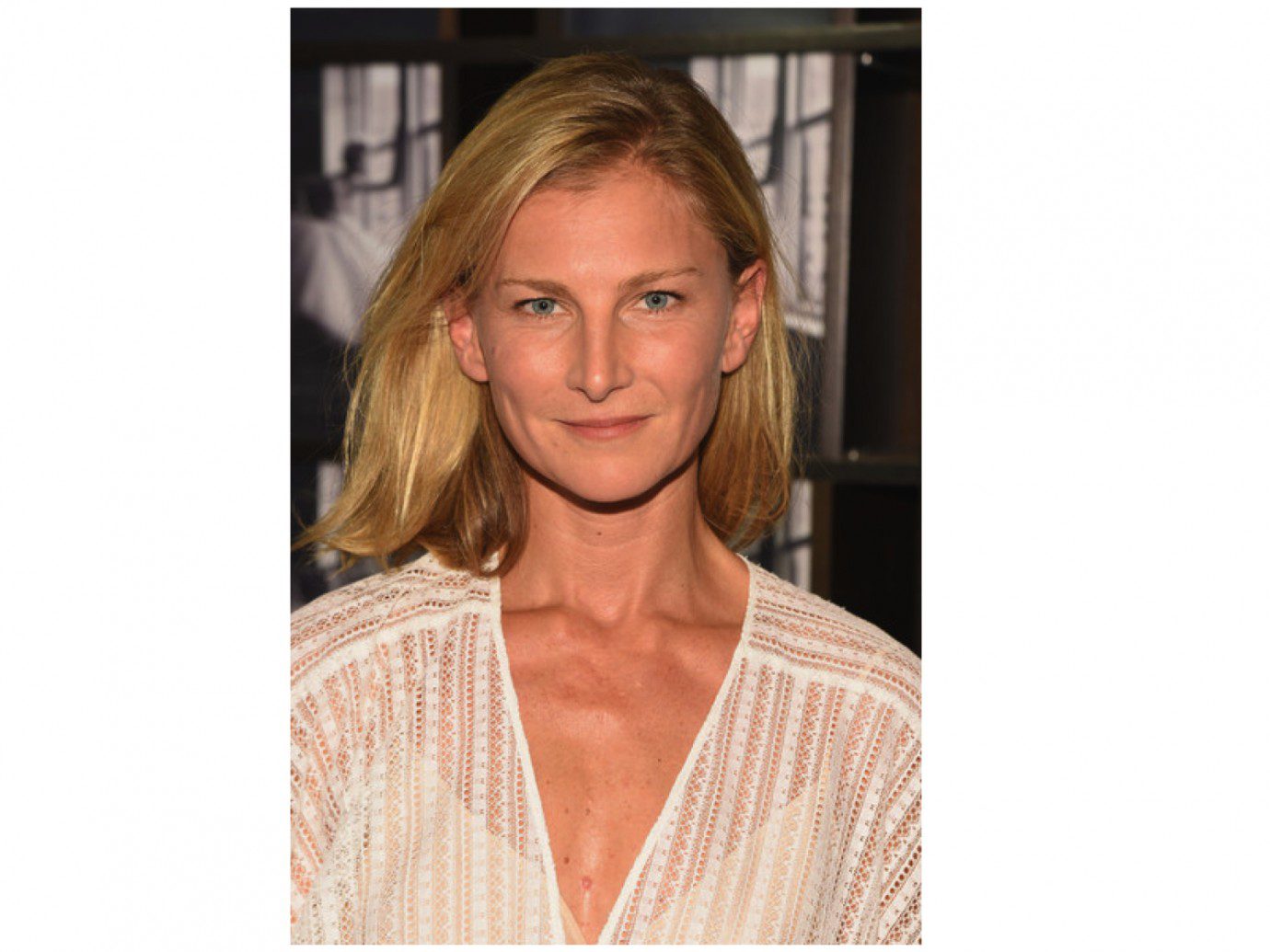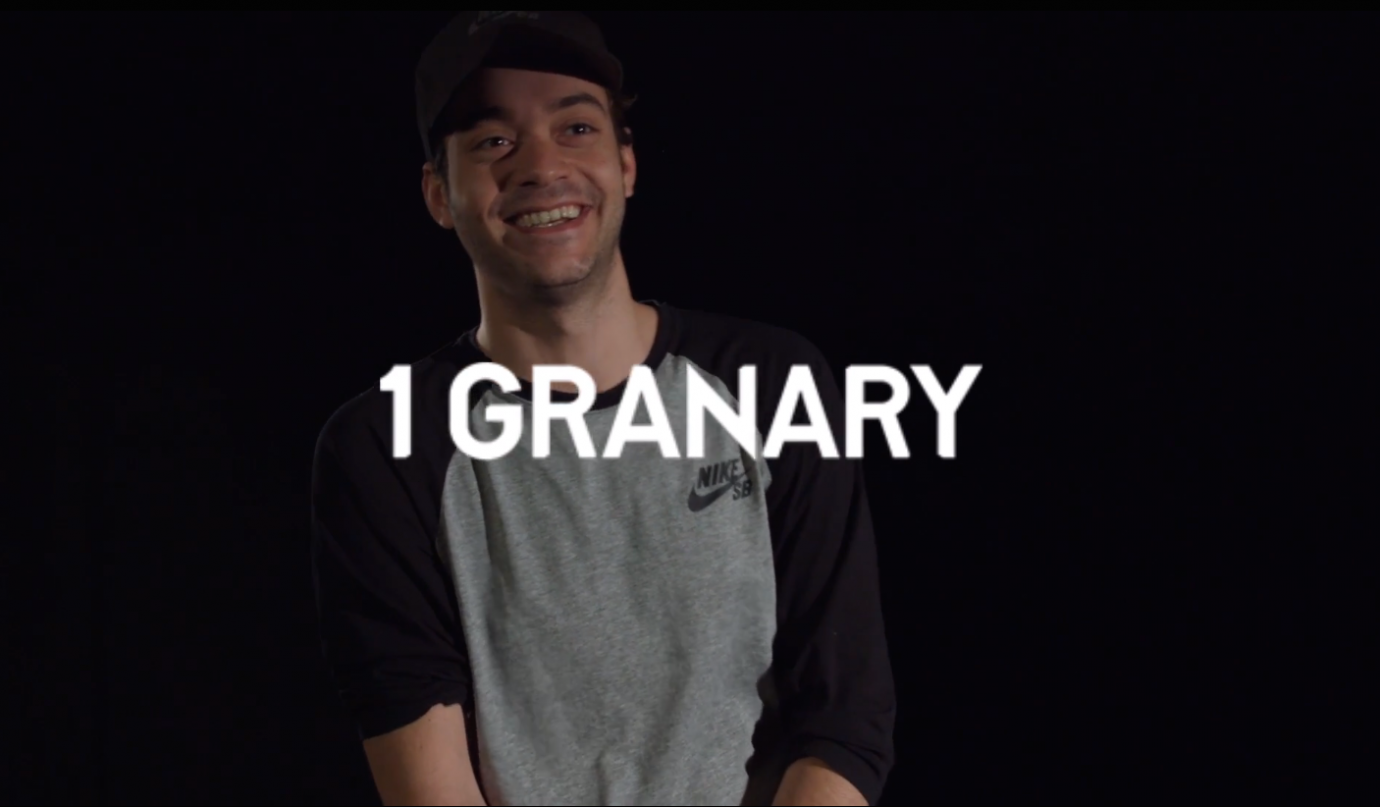Let’s begin by discussing SSENSE’s customer base; it’s quite a millennial-oriented platform, isn’t it?
Yes, you’re pretty spot-on, our target customers are definitely millennials. Close to 80% of our customers are in the 18-34 age bracket. Our male customers tend to be on the younger side, between 16 and 24, while our female customers are a little older, though still in the millennial bracket: they’re typically between 24 and 35.
What’s the breakdown of your customer base when it comes to the types of products they gravitate towards? For example, do younger customers tend to opt for ‘entry-level’ products, like small accessories, while older customers spend on big-ticket pieces?
It’s pretty diverse, actually. Our customers are generally quite knowledgeable when it comes to new trends, brands, and the industry at large. Information is, after all, so easy to access nowadays. Something that has altered things a bit is the emergence of the resale market. I think that it’s quite common among members of our audience to buy something, wear it for a little while, and then sell it on. I’m not sure if they’re necessarily as attached to what they purchase as people used to be. Like me, I’m from the collectors’ years, so I don’t resell merchandise—I still have pieces that I bought back in the late 90s and early 00s! I guess that our customers want to start their businesses at an early age! [laughs]
Yes, it’s so enterprising! In any case, though the Montreal flagship has become a shopping destination in its own right, the city still doesn’t quite have the shopping cachet or volume of clients that you’ll find in, say, New York, Paris, or London. Is there a difference between your approach to buying for the brick-and-mortar space and your approach to buying for the e-commerce platform?
Well, brick-and-mortar has always been at the top of our agenda, it’s without a doubt one of our key channels. Of course, we’re best known as an international e-commerce platform, but we don’t necessarily buy thinking, ‘This will go online, this will be sold in the space’. I’d say that we adopt more of an overall strategy when it comes to buying.
How do you think young designers in particular fare in a market increasingly dominated by e-commerce platforms? Do you think that such settings present any particular advantages or disadvantages?
I actually feel that the opportunities e-commerce platforms open up for young designers are extremely positive. On SSENSE, for example, the traffic we have allows them heightened visibility and the ability to develop brand awareness. Don’t get me wrong, I love the brick-and-mortar experience—it’s certainly important for people to be able to see a product in person—but it’s becoming increasingly difficult for people to take the time out of their days to actually head into a shop. Consequently, e-commerce visibility is now extremely important for young designers. But it’s not a one-size-fits-all solution, it has to be the right platform: it has to feel like an authentic pairing. Over the years, we’ve become rather well-known for being the first to discover talents such as KWAIDAN EDITIONS, Charlotte Knowles, Mowalola, Marine Serre and Cecilie Bahnsen, and contributing to their development. Because of that, our customers come to our platform looking for fresh talent—or perhaps they’re already aware of them and know that SSENSE will be the place to find them.
Yes, SSENSE has a particular reputation for the accent it places on young designers. It’s also known for its editorial platform—how does your promotion of new talent interact with your content strategy?
We work very closely with the editorial team. Mowalola, for example, was actually suggested to me by one of our editors—she sent me her Instagram account. I loved it straight away and asked one of my buyers to DM her to arrange a meeting in Paris, and launched it from there. When we find something interesting, we’ll work closely with the editorial team to ensure that we feature them in a significant way—which could be more than once a season. In Mowalola’s case, she’d been featured pretty extensively prior to launching, and the continuous mentions led to very successful sell-through within a few weeks of the brand going live.













